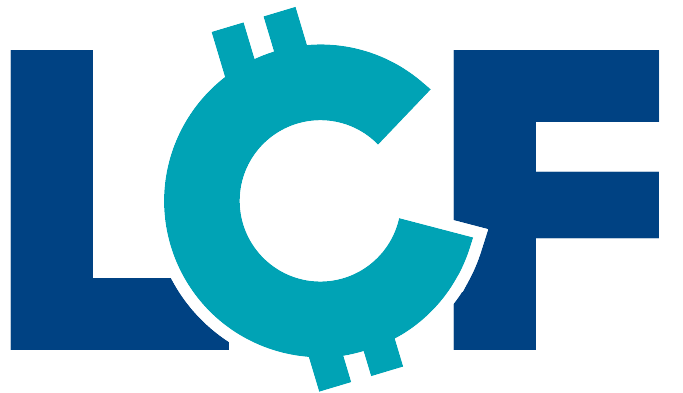Financial FAQs: What is Top Line vs. Bottom Line in Finance
Lets Get Started
Understanding the financial jargon is crucial for small business owners to manage and grow their business effectively. Two commonly used terms in finance – top line and bottom line – are fundamental in evaluating a company’s financial health and performance.
Q1: What is the Top Line and Bottom Line in Finance?
Top Line in Finance: The top line, or gross sales, refers to a company’s total revenue. It appears as the first line item on the company’s income statement and reflects the total amount of revenue generated from sales or services. Top-line growth indicates an increase in gross sales or total sales, showcasing the company’s effectiveness in generating sales and expanding its customer base.
Bottom Line in Finance: The bottom line, commonly known as net income or net profit, is the income remaining after all expenses, taxes, and costs have been deducted from the top line. It’s found at the end of the income statement and is an indicator of the company’s profitability. Bottom line growth reflects an increase in net income, often through cost-cutting measures, improved operating efficiencies, or sales growth.
Q2: What Does Top and Bottom Mean in Finance?
Top and Bottom in Finance: In finance, “top” and “bottom” refer to the positions on a company’s income statement. The top line (total revenue or gross sales) is at the top of the income statement, reflecting the amount of revenue generated. The bottom line (net income or net profit) is at the bottom, indicating what the company earns after all expenses, including COGS (Cost of Goods Sold), operating expenses, income taxes, and depreciation, are subtracted from the total revenue.
Q3: What is the Bottom Line in Financial Accounting?
Bottom Line in Financial Accounting: In financial accounting, the bottom line represents the company’s net earnings or net profit. It’s a key metric for assessing the financial performance of a business. A strong bottom line means the company is managing its total expenses effectively and is financially healthy. It is also a critical factor in determining the company’s market share and ability to attract new customers or launch new product lines.
Q4: Is Top Line or Bottom Line Better?
Comparing Top Line and Bottom Line: Both top line and bottom line are essential, but they serve different purposes. Top-line growth is crucial for expanding the business and increasing market share. However, without bottom-line growth, the company may not be sustainable in the long run. Profitable companies manage to increase their top line while maintaining or improving their bottom line through effective financial planning and business operations.
Q5: What is the Difference Between Top Line and Bottom Line?
Difference Between Top Line and Bottom Line: The top line measures a company’s efficiency in generating sales and revenue growth. In contrast, the bottom line indicates the company’s ability to manage its operating costs, administrative costs, and overall financial performance. A company can have a high top line but a low bottom line if it has high operating expenses or cost of goods. Conversely, a company with moderate top-line revenue but low expenses can have a robust bottom line.
The Role of Merchant Cash Advances for Small Business Owners
For small business owners, funding is a critical aspect of sustaining and growing their business. While loans and lines of credit are common, merchant cash advances offer a flexible alternative. Unlike loans, merchant cash advances provide funds based on future revenue. They often have quicker approval times and less stringent credit requirements, making them an attractive option for small businesses looking to bolster their top-line revenue.
Conclusion
Understanding the nuances of top line and bottom line can significantly impact a small business’s financial health and growth strategy. While focusing on top-line growth is essential for expanding the market share and customer base, bottom-line efficiency ensures long-term sustainability and profitability. Additionally, exploring funding options like merchant cash advances can provide the necessary capital to drive both top-line and bottom-line growth.
Takeaways for Small Business Owners
Understand Your Financial Statements: Regularly review your income statement to monitor your top-line and bottom-line figures. This practice is crucial in understanding your company’s financial performance over time. Pay attention to line items like net revenue and sales revenue to get a clear picture of your business’s financial health.
Balance Growth with Profitability: Aim for both top-line (sales revenue) and bottom-line (net income) growth to ensure a sustainable business model. While increasing sales revenue is vital for growth, it’s equally important to translate this into actual profitability, enhancing your company’s financial performance in the long term.
Consider Alternative Funding: Explore merchant cash advances as a flexible funding option to support your financial goals. This can be particularly useful in improving cash flow, a critical aspect of maintaining and expanding business operations. With better cash flow management, you can more effectively plan for both immediate needs and long-term objectives, ensuring a balance between revenue growth and profitability.
This guide aims to demystify financial terms and strategies, empowering small business owners in their journey towards financial success.




